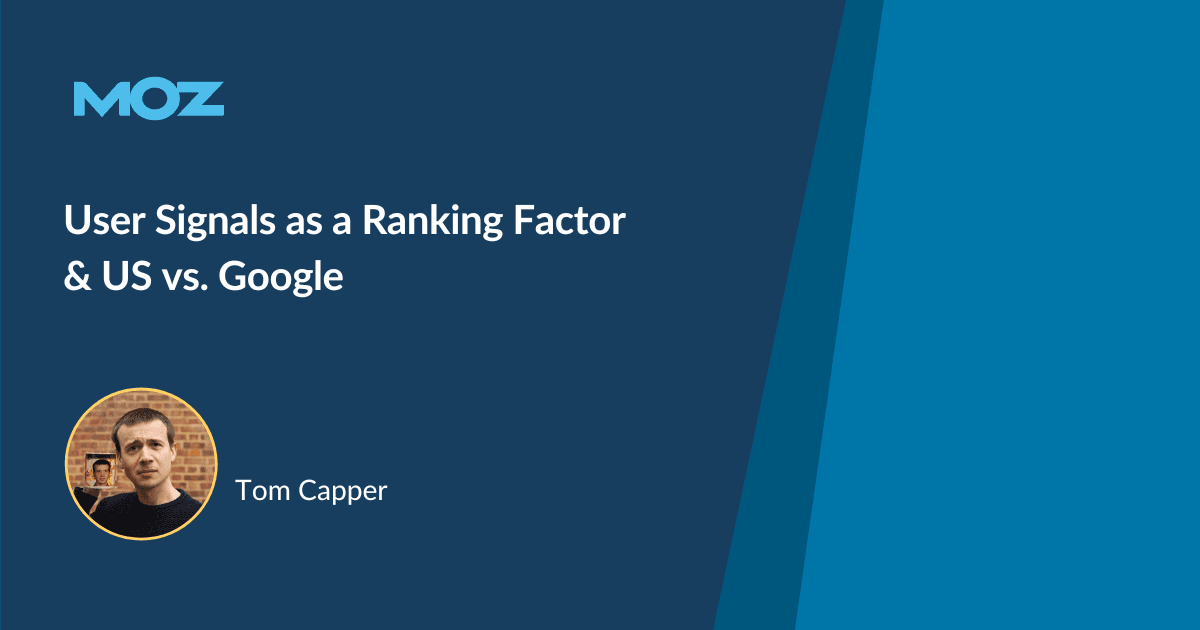MARKETING
User Signals as a Ranking Factor & US vs. Google

US vs. Google is an antitrust case by the US Department of Justice against Google. This is likely to be a historic case — for example, a similar case in the past concerning Microsoft abusing its operating system monopoly in the browser space famously resulted in Microsoft having to make it easier for users to choose alternative browsers to Internet Explorer.
Much of the mainstream coverage so far, and also Google’s own public response — “people use Google because it’s useful” — is centered on the analogous case of search engine choice on both Android and iOS. Particular attention has been given to their deal with Apple, which gives them huge market share and the advantages that come with that (like unique quantities of user data). This part of the case is relatively simple to understand from an SEO or layperson’s perspective because we all experience search engines and our own experience of ending up using Google over alternatives. That said, what would count as anti-competitive vs. reasonable business dealing here is not intuitive to a non-lawyer like myself.
The DoJ, however, judging by their press release, is at least as interested in a different part of the case — Google’s vertical advertising monopoly, which is more arcane in that it relates to various platforms that lay people have likely never heard of. On the other hand, this is a traditional case of a company with a monopoly in one area (search) arguably gaining unfair advantages in other areas (advertising), like Microsoft and browsers, without the added complexity of a third party like Apple.


















